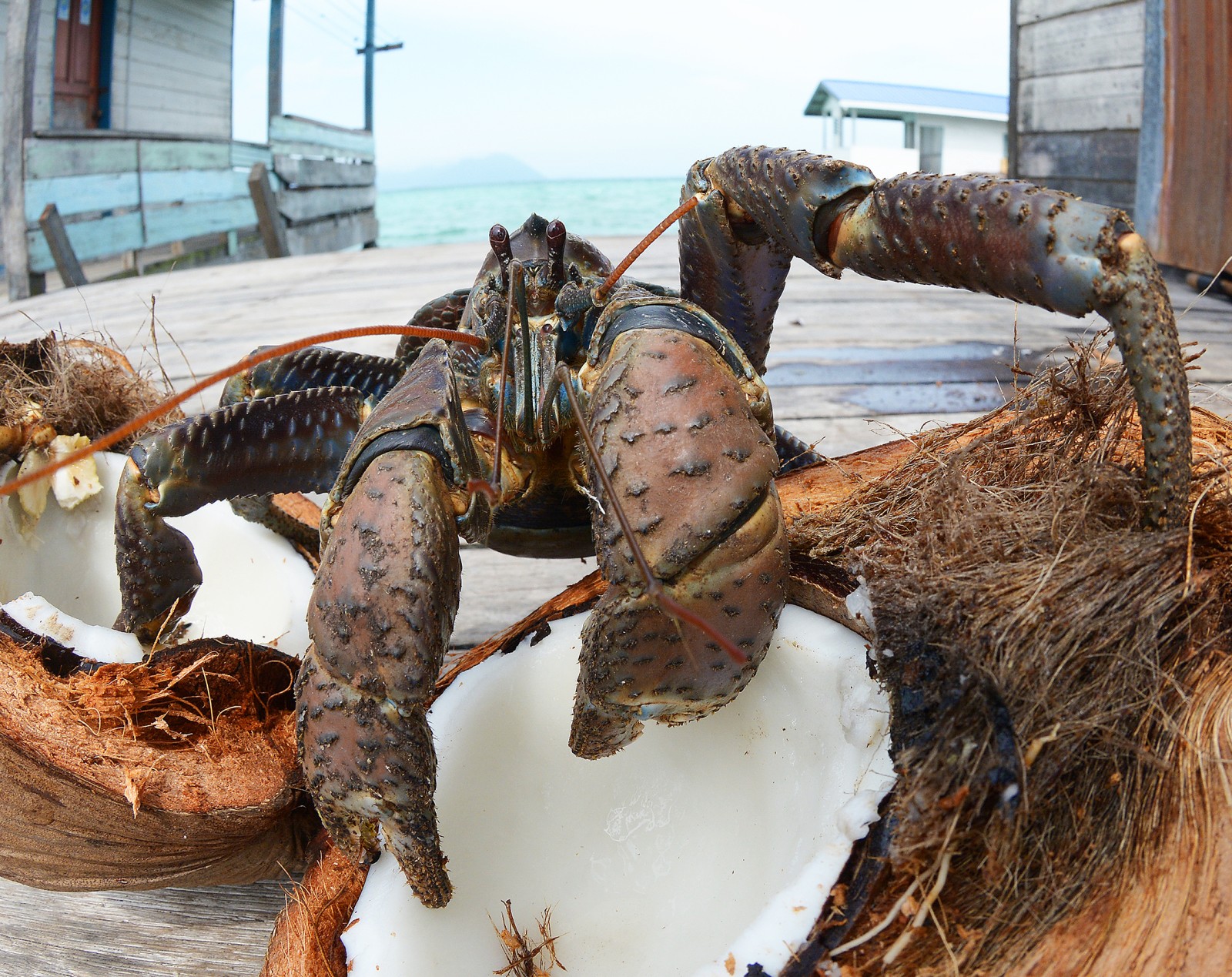How to Make your Brand Stand Out
Being a newbie in any industry is tough, most especially in the cutthroat world of food and bever-ag...

October 29, 2021
The endangered coconut crab of Batanes, what are they? how to prep? how to keep them from being extinct?
When Batanes became more accessible to tourists in 2014, it became a boon to explorers but a bane to the coconut crab.
The coconut crab (Birgus latro) takes its name from its diet. Though this nocturnal mega
crustacean feasts on other fruits, small animals, and fellow coconut crabs, it’s primarily known for its ability to pry apart a coconut with its claws and pinchers. Though the coconut crab is not the biggest of its kind in the world—the Japanese spider crab can grow to almost quadruple its width, pinchers considered—it has a massive and powerful body that can carry up to 20 or 30 kilograms (the weight of a small child or a sack of rice).
This species, however, is recognized by the Guinness World Records, as the biggest
crustacean and arthropod that spends most of its lifetime on land. Though their lives start in the water, coconut crabs develop lungs instead of gills and they will drown if they stay in the water for a prolonged period.
In the Philippines, coconut crabs are common in Batanes. Or, they used to be. Known locally
as tatus, these crabs globally fall under the Vulnerable conservation category—which is one
step away from being endangered. Because of their threatened position, the Republic Act No. 9147 prohibits their sale, transport, collection, or possession.
According to U.S.-based conservation platform Mongabay, the International Union for
Conservation of Nature included coconut crabs on their Red List as early as 1983, but this news failed to reach the once isolated Batanes islands where they were hunted easily, sold for a measly 100 pesos, and overharvested, not just for cuisine but as souvenirs.
Locals eventually caught on to the fact that the crabs couldn’t keep up with the demand. Crab larvae had a high mortality rate; sexual maturity was reached at five years; life expectancy was at 60 years—impressive, but proof that the population grew slowly. Though there have been attempts to breed them in captivity, current research suggests that coconut crabs only successfully propagate in the wild.
In the good old days, when tatus were considered a delicacy, you would cook them the way you would other crabs—steamed to preserve its heavenly natural flavor. But those who were able to try it back then recommended cooking it in coconut milk to emphasize its profile better. Now that that’s a thing of the past, there are other options, such as other species of crab or even lobster.
Despite these precautions, there is still an illegal market for coconut crabs. As long as people
are willing to try them, there will be people willing to overlook the law. However, Batanes
authorities implore both tourists and locals to allow the coconut crab their reprieve in the hopes that there will be more of them to thrive once again.
Check out these food fusions between Filipino and Middle Eastern cuisines
The unending quest for healthy and sustainable food amid changing lifestyles
A quick look at the Philippine food staple often getting a bad health rap